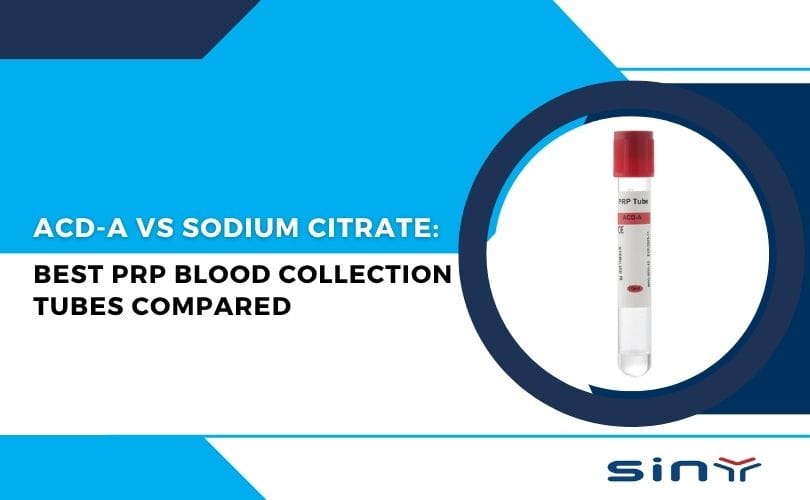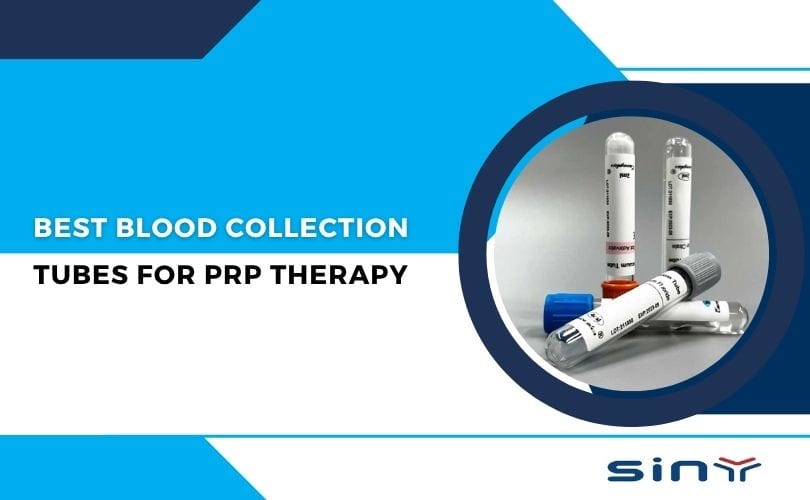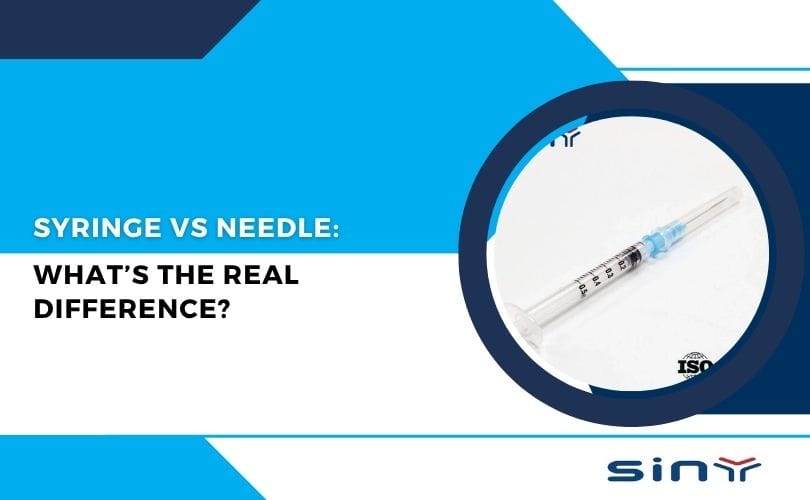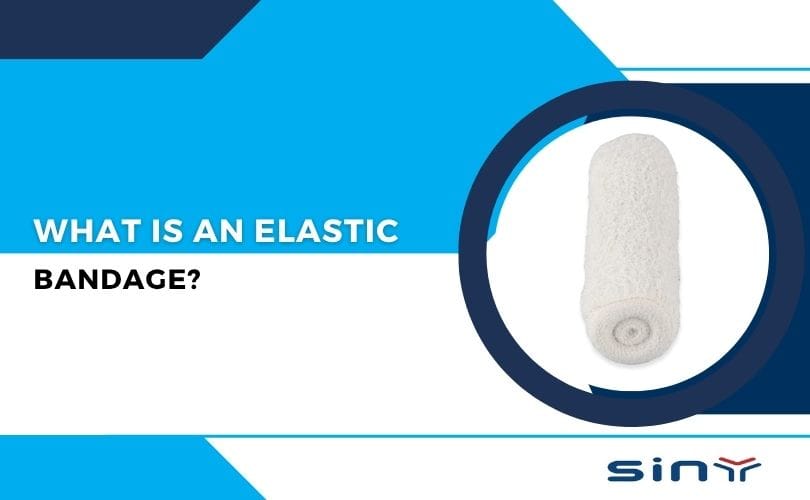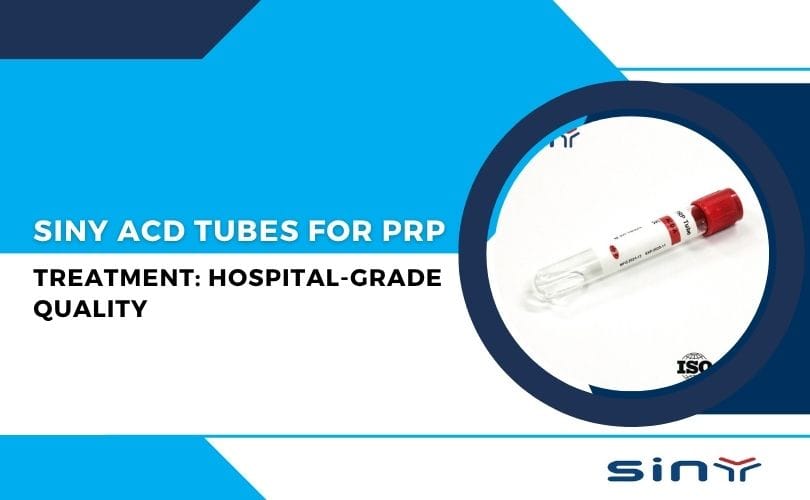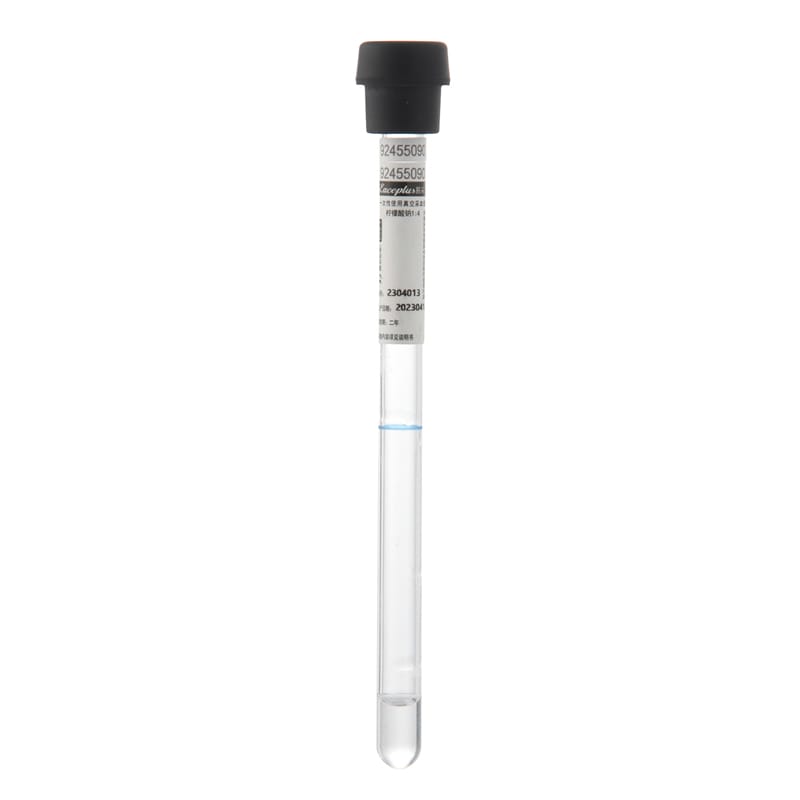The butterfly needle (winged infusion set), or the scalp vein set, is a specialized venipuncture device that can puncture superficial veins for intravenous injections or blood collection.
The butterfly needle consists of a hypodermic needle from front to back, two flexible bilateral “wings,” a small flexible transparent tube (about 20 to 35 cm in length), and a connector at the end (usually a female connector luer).
The connector can be connected to other medical devices, such as syringes, blood collection tubes, or extension lines of infusion pumps, IVs, or blood bags.
Table of Contents
- 1 Definition of a Butterfly Needle
- 1.1 The Composition of the Butterfly Needle
- 1.2 Which Patients Can Use the Butterfly Needle?
- 1.3 What are Butterfly Needles used for?
- 1.4 How to use Butterfly Blood Collection Needle
- 1.5 Does Butterfly Needle Cause Hemolysis?
- 1.6 Advantages of Using a Butterfly Needle
- 1.7 Final Thought
- 1.8 FAQs:
- 1.9 What is the purpose of a butterfly needle?
- 1.10 What is the difference between a butterfly needle and a regular needle?
- 1.11 How painful is a butterfly needle?
- 1.12 When should you not use a butterfly needle?
Definition of a Butterfly Needle
A butterfly needle, also known as a winged infusion set, is a small, two-part device used to draw blood or inject medication. It consists of a hollow, metal needle attached to a plastic tube known as a cannula. The cannula has two wings that help secure the needle in place and make it easier to handle. The butterfly needle is often used for intravenous (IV) therapy or blood draws.
The wings of the butterfly needle help make it much easier to insert and maneuver compared to a regular needle. It is much more flexible and can easily be maneuvered into a vein without causing much disruption or discomfort. The wings also provide a better grip so you can keep the needle in place while you make the injection or draw the blood.
The Composition of the Butterfly Needle

A butterfly needle, also known as a winged infusion set, is a medical device used to draw blood or administer intravenous fluids. It is a small, thin needle attached to flexible tubing with a small “wing” on each side that helps the user to firmly hold the device in place
What sizes are available?
The most common types of butterfly needles are 18–27 g, with 21g and 23g being the most common. 25- and 27-gram butterfly needles are generally avoided when drawing blood, as it is usually believed that the small hole of the needle will cause hemolysis or clotting of the blood sample, making the blood sample invalid.
Technical Parameters: Butterfly Needle
| Material | Stainless steel |
| Shelf Life | 3 years |
| Needle Gauge | 18G, 19G, 20G, 21G, 22G, and 23G |
| Color | Pink/Orange/Yellow/Green/Black/Blue |
| Custom | Contact Us |
| Needle length | 3/4” |
Which Patients Can Use the Butterfly Needle?
Butterfly needles are not for everyone. The larger caliber and thinner diameter are to help those patients whose veins are more vulnerable. The most common patients who use butterfly needles are babies, children, and the elderly. Other patients who need a butterfly needle have difficulty drawing blood, have thin veins, or have difficulty finding veins.
Butterfly blood collection needle and pen-type blood collection needle
Doctors may choose a butterfly needle over a straight needle because it offers greater flexibility, is more precise during angled insertion, and is less painful for the patient. This is because the double-sided wings and shorter length of the butterfly needle allow the phlebotomist to grasp the needle and place it precisely in the vein.
Butterfly needles also allow for venous tipping of small or delicate veins, such as those in the hand or scalp. Professionals can use the butterfly to perform venepuncture tips on babies, the elderly, or patients afraid of needles. Although butterfly needles can be pinned and left in the line for a week, they are generally used for short-term infusions or blood collection.
In contrast, straight needles can be attached to syringes or test tube racks and are considered ideal for healthcare workers when multiple blood samples or intravenous fluids are required.
What are Butterfly Needles used for?
Phlebotomists, nurses, and other medical professionals frequently use butterfly needles to collect blood for standard laboratory tests, such as:
- A complete blood count
- Basic metabolic panel
- Blood enzyme test
- Lipoprotein panel
- Test for sexually transmitted disease
Since butterfly needles are attached to flexible tubes connected to a collection container, phlebotomists often use them to collect blood from donors.
A healthcare provider may also inject pain medications or insulin with a butterfly needle. Sometimes, medical staff use a butterfly needle to gradually administer intravenous fluids, such as chemotherapy drugs, over a short period.
How to use Butterfly Blood Collection Needle
When using a butterfly needle, it is essential to follow the correct steps to avoid hemolysis, nerve damage, or patient discomfort. Please follow the steps below for safe operation.
1. Wash your hands and put on a pair of sterile gloves.
2. Connect the fitting to the vacuum tube or collection bag.
3. Put a tourniquet on the patient’s arm and look for the vein.
4. After finding the vein, sterilize the needle site and let it dry before inserting it.
5. Insert the butterfly needle into the vein at a 30-degree angle. If you see blood through the tube, the needle is inserted correctly. If not, the vein collapses, and you must look for another vein.
6. Remove the tourniquet Once the vacuum tube is filled with blood.
7. Remove the needle and bandage the blood drawing site.
8. Properly dispose of needles and label blood samples.
Does Butterfly Needle Cause Hemolysis?
The butterfly needle itself does not cause hemolysis. In some cases, they can reduce the risk of damage to blood cells. For example, butterfly needle phlebotomy can reduce the hemolysis rate by more than half compared to venous catheter phlebotomy.
However, smaller and larger gauge needles increase the risk of damaging blood cells during venipuncture. The study found that the 25-gauge needle affected blood test results, while the larger 23-gauge needle did not significantly affect the samples. To address hemolysis, blood collection needle manufacturers have created needles with larger external diameters but smaller internal diameters.
Advantages of Using a Butterfly Needle
Using a butterfly needle has many advantages, especially in a medical setting. These needles are designed to minimize pain and discomfort during the administration of an injection or the taking of a blood sample. They are also known as winged infusion sets, as they feature two small ‘wings’ on either side of the needle that act as handles. This makes them easier to use and more comfortable for the patient.

The needle is also short and thin, which further reduces the sensation of pain and discomfort for the patient receiving the injection or having their blood sample taken. The winged infusion sets also feature a much smaller gauge, which helps to reduce the amount of blood loss during the procedure.
The butterfly needle also features a special flexible tube, which gives the clinician more control and accuracy when administering an injection. The smaller size of the butterfly needle also reduces the risk of tissue damage, as the needle is less likely to penetrate too deeply into the tissue.
Final Thought
A butterfly needle is a small, short, and thin hollow needle used for taking blood samples or giving injections. People prefer butterfly needles because they cause less pain than other types and are suitable for both adults and children. They are also easy to use and versatile for various medical procedures. Understanding what a butterfly needle is and how to use it can help you make informed decisions about your medical care.
FAQs:
What is the purpose of a butterfly needle?
A butterfly needle is designed for precise blood drawing, particularly from delicate veins or for multiple samples.
What is the difference between a butterfly needle and a regular needle?
A butterfly needle features flexible wings and a smaller gauge needle, which allows for easier maneuverability and less tissue trauma.
How painful is a butterfly needle?
Insertion pain is minimal, typically described as a brief sting or prick.
When should you not use a butterfly needle?
Avoid using a butterfly needle to draw large blood volumes or to treat fragile or inaccessible veins.



